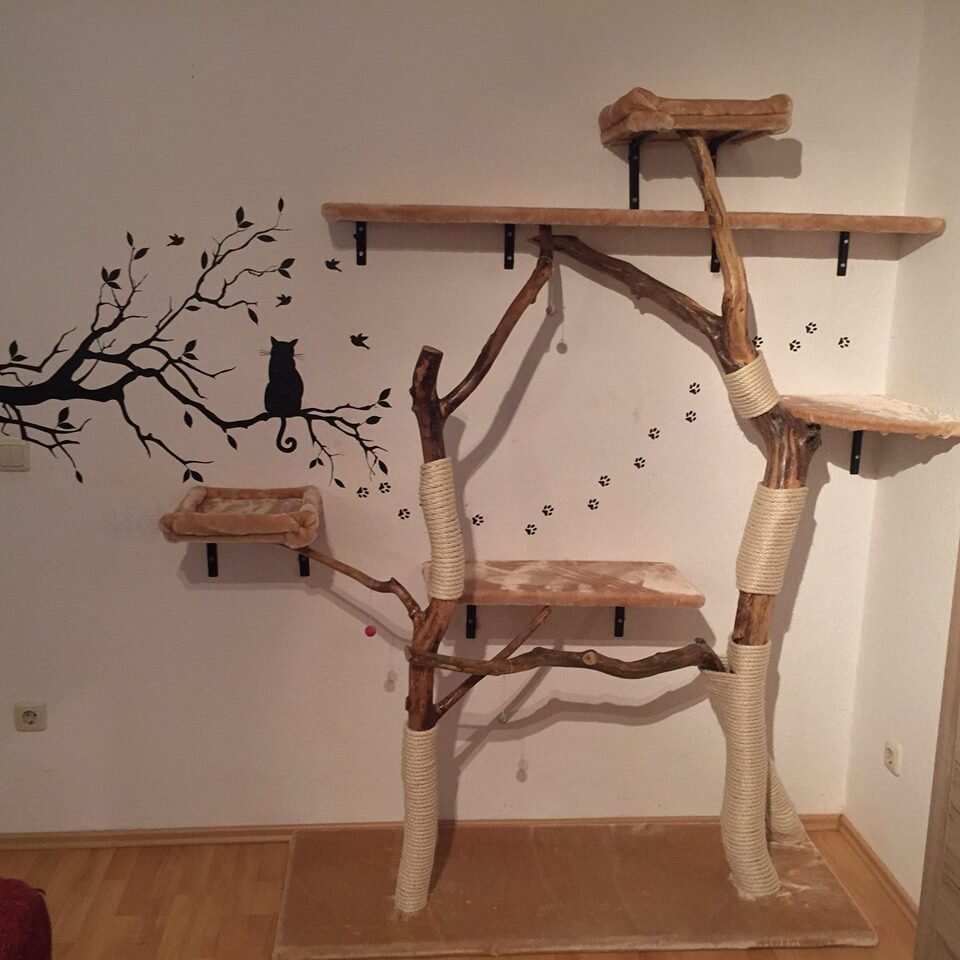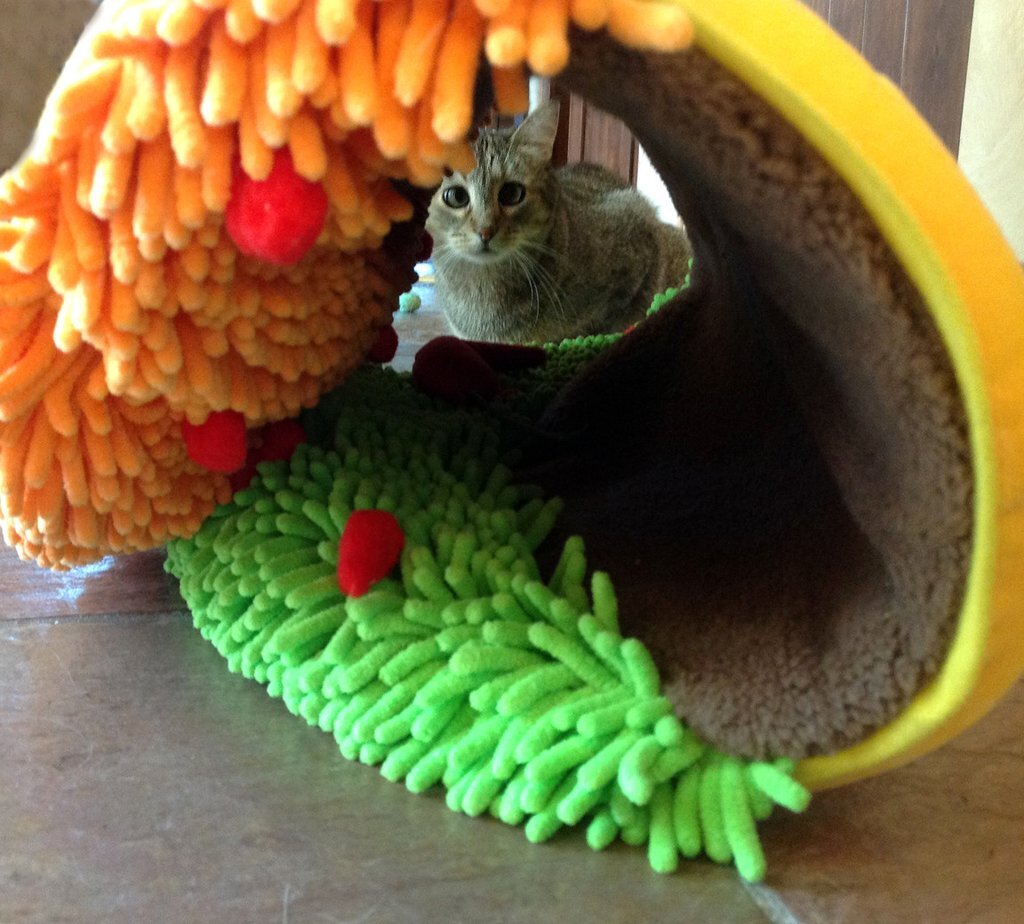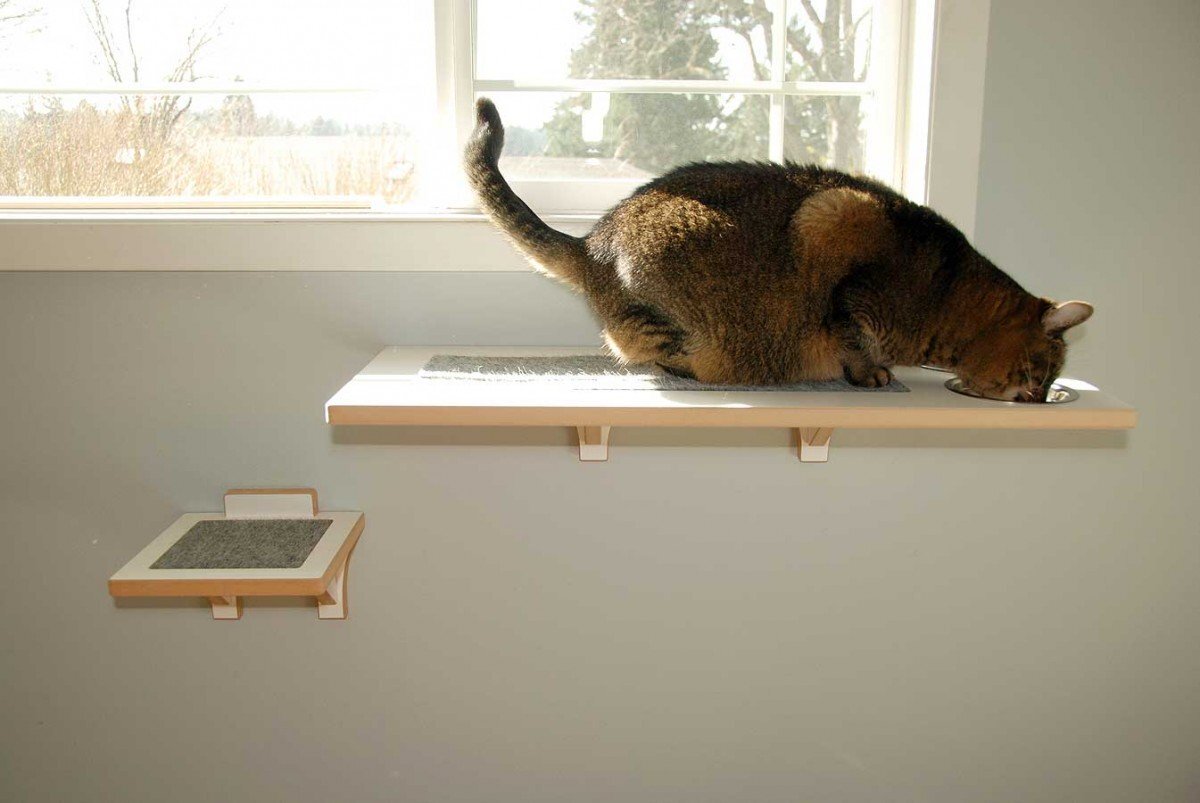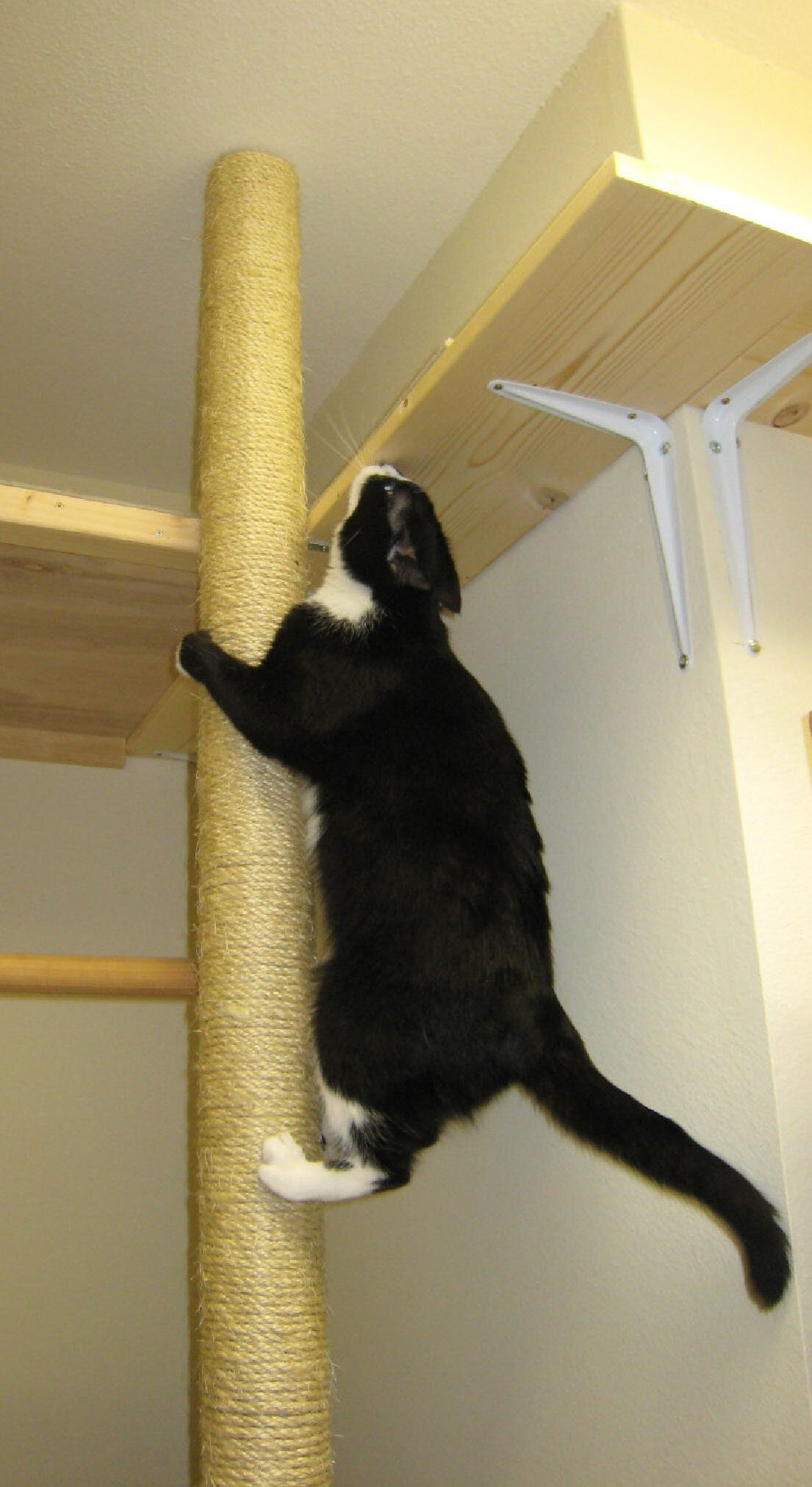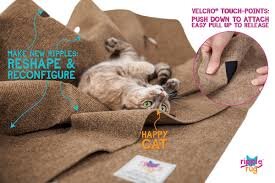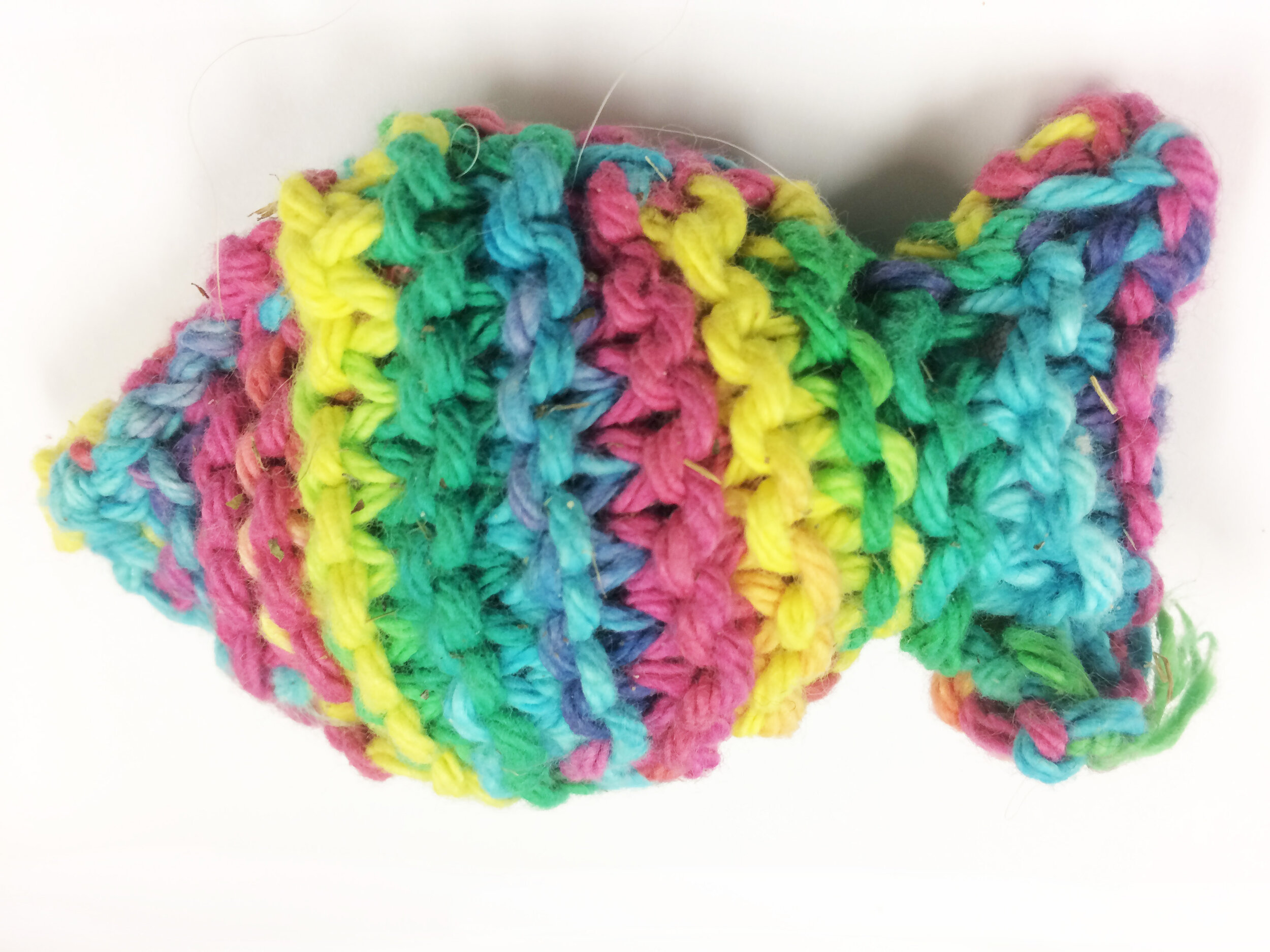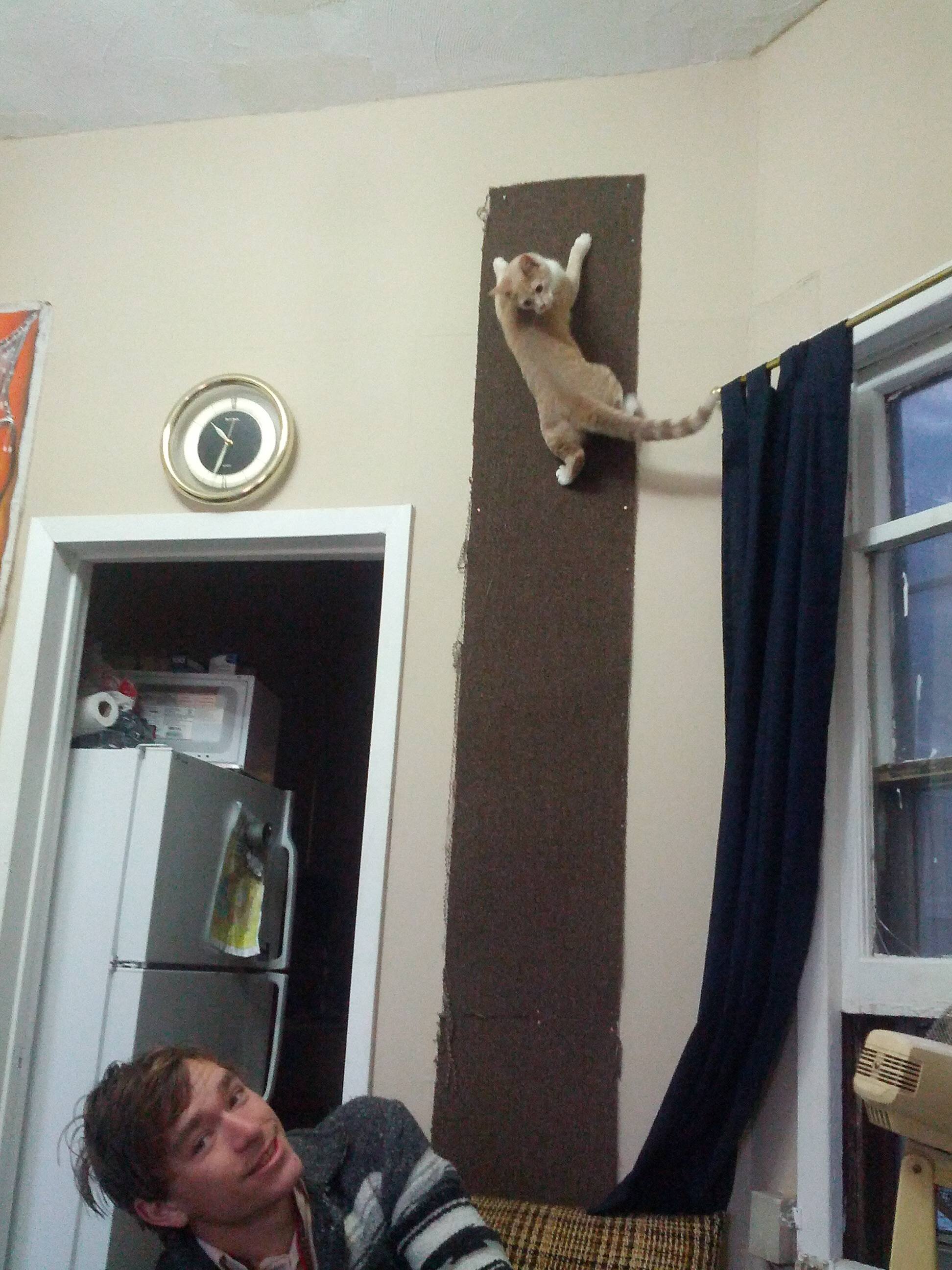
Caring for Cats in the Winter
“Winterizing” for outdoor cats: tips for making cold winter months more comfortable for outdoor cats.
Season’s Feedings: extra nutrition is important in the winter. We have food available for cats at our clinic.
Shelter construction: it’s easy to make a simple shelter, or request one that is already made.
Catio construction: outdoor cats are less likely to roam in the winter, making it a great time to transition them indoors where they won’t face dangers of predators, vehicles, diseases, etc. A catio makes that even easier.
Enrichment ideas: does the winter weather have you down? Your indoor cats may feel the same. Get some great ideas to keep them satisfied, moving, and healthy.
How to Winterize for Outdoor Cats
Winter brings cold, wet weather and plenty of challenges for outdoor cats. While the weather may not always be predictable, you can easily plan for the worst to make it easier for cats who must deal with it when it does arrive.
*Raise shelters and feeding stations to keep them dry (they may need to be moved to higher ground in areas that may flood). Wooden shipping pallets, available at some lumber yards, are ideal for this purpose.
* Secure or remove objects (such as chairs, potted plants or garden utensils) that could become airborne during windstorms or that could get washed away.
* Tie shelters and feeders to permanent structures (like a fence or a sturdy tree) to anchor them, or wedge them tightly into a secure space.
* Be cautious about placing objects (e.g., bricks, boards or rocks) on top of shelters to keep them in place, as these may pose a danger in high winds.
* Keep rain out by positioning shelters so their openings face a wall or so that the entrances of two shelters face each other, no more than a foot apart.
* Cover shelters and feeding stations with heavy tarps to keep out driving rain. Tie tarps at an angle and extend any overhang over shelter doors so water can run off and away from shelter doors. Hammer stakes securely and/or tie the tarps to a permanent structure.
* Lay Mylar blankets inside shelters for extra warmth.
* Put portable shelters, litter boxes, food and water in an accessible shed or garage during storms.
* Stockpile adequate cat food, bottled water, extra batteries and flashlights for emergencies.
Our annual holiday cat food drive collects food to help provide nutritious meals for feral and stray cats during the challenging winter months. If you are feeding outdoor cats and would like food please call us at 503-797-2606. Please click here for info about donating food.
Shelters
It’s easy to make a simple shelter for outdoor cats to help keep them warm and dry. You can find most of the supplies at Home Depot, Lowes, or your local hardware store, and it can be done in less than an hour. We have step-by-step instructions. Please note: we have found that Rubbermaid and HDX Tough brand bins handle the cold temperatures better than other brands.
Volunteers have also made shelters out of donated supplies. See our Shelter Request Form.
Catios
Sometimes the cold weather will motivate a stray or semi-feral cat to explore life indoors. This is a great opportunity to transition an outdoor cat indoors, which is ultimately safer for the kitty, but also for wildlife. If there is a new indoor cat in your life, this is a great time to make a commitment to keep her indoors year round and start exploring the idea of a catio or other methods of providing safe outdoor time when spring arrives.
A catio is simply an outdoor enclosure that keeps cats and wildlife safe. Catios offer cats healthy exercise time as well as safety from outdoor hazards like cars, predators and poisons. Catios come in many forms. DIY, store bought or custom built, window size to yard size, frugal and fun to fancy with flair! Furnish it creatively with old tree stumps and perches for climbing and scratching. Put your green thumb to work by adding cat-friendly plants. The possibilities are endless! Get more catio ideas at Cats Safe at Home, a program hosted in part by FCCO.
Enrichment
Cats have been domesticated for thousands of years but they still have wild behaviors deeply encoded in their DNA. Have fun with this by providing varied enrichment that honors your cat’s unique behavior. Ideas include:
Toys allow your cat to express instincts such as stalking, chasing, and pouncing. Even simple items like a bottle cap or a crumpled up paper ball can provide endless entertainment.
Create an indoor planter containing feline favorites such as catnip and wheat grass for them to chew.
Place a perch near a sunny window for kitty to look out and watch the activity around. This could be a window catio, a cat tree, or even simply a chair at the right height.
Cats love to climb, so a cat tree is always a great idea. Whether a few feet high or floor-to-ceiling, cats appreciate the vertical challenge and benefit from the exercise.
Feeling adventurous? Train kitty to walk on a cat harness and leash and take her for a daily stroll!



